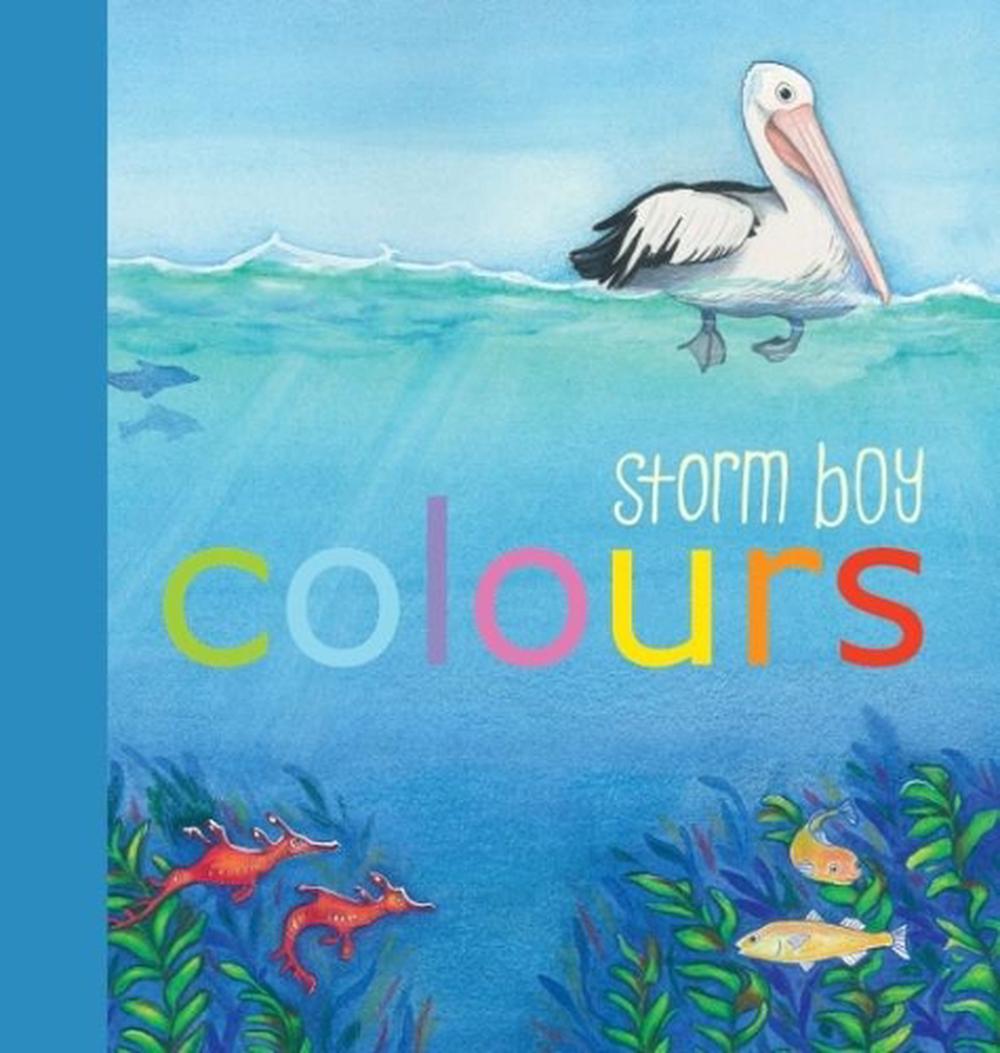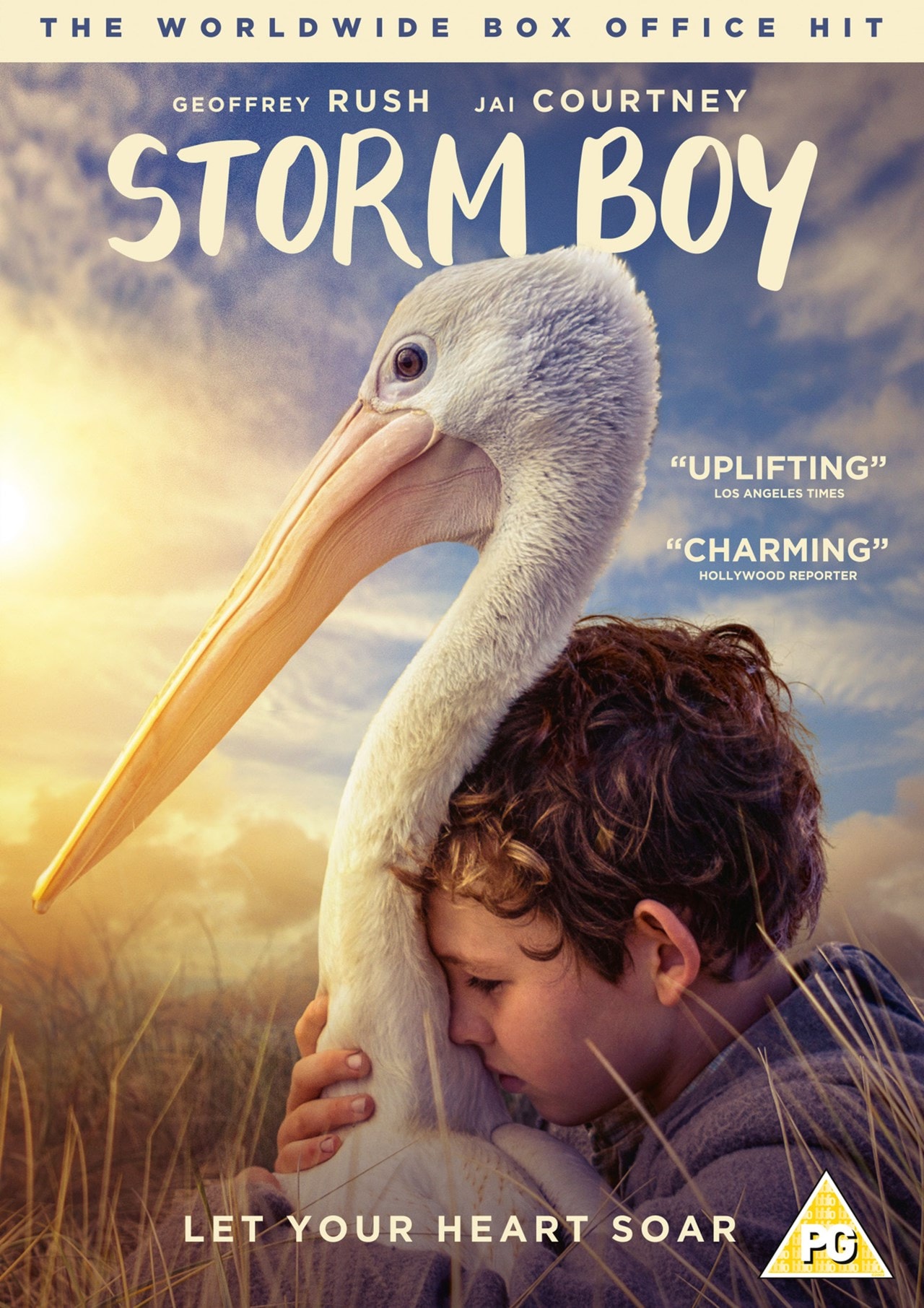
Storm Boy is definitely the most recognisable story of the ones in this collection, and it feels as though the environment of the Coorong in South Australia (all the stories seem to be set in South Australia, and evoke a sense of place in many ways) leaps off the page powerfully as well. Because these stories are just one slice of what Australia is and who we are as a people. In this instance, Storm Boy evokes an Australia of long ago, a time when attitudes were different and things were done differently – and shows how events, people and animals can change our lives and define us in some ways, and what this can mean for our identity – as people and maybe in some ways as a nation. Perhaps the power of these stories is in the Australia they represent, as all Australian stories are going to show a different side to Australia, and a different part of its story. But most importantly, for the story, it is the relationship between Storm Boy and Mr Percival, the pelican, that brings the story to life across the South Australian coast. Overall though, it is Storm Boy as a story that most people recognise, love and keep coming back to over time, and where newer interpretations can perhaps and maybe do (I haven’t seen any of the films) amend the way Indigenous people were treated and depicted. It does a good job of showing what this means for the characters in the stories, and by extension, those who will in some cases, see themselves within these characters and stories. These stories capture some of what it means to be Australian for some people – not all. Most stories have some connection to something that could be said to be uniquely Australian: farming, the land, sports, mateship, and so it goes on. Thiele is best known for Storm Boy, but the other stories in this collection also engage with the land, and society at the time in the 1960s – and the way people saw difference such as race and illness or made assumptions within their own society about people they should know but when seeing something out of the ordinary, didn’t take the time to confirm or give people a chance, so it felt in stories such as The Lock-Out, which was more about the way society saw things than a connection to the landscape. It is one that will probably always be part of our bookish heritage, because despite its flaws, it engages with the environment and landscape that define the characters and stories within.


Since the 1960s, Storm Boy has been a part of the Australian literary scene – despite its outdated ways of presenting Indigenous characters. The Other Stories in this book are: The Water Trolley, The Lock-Out, Dad Ran a Fowl Run, The Shell and The Fish Scales This moving story became a magical film and is now one of the classics of Australian writing for children. In return Mr Percival helps to rescue a shipwrecked fishing crew.

When two of them leave, Mr Percival stays to live with them, and Storm Boy and the pelican become best friends. With their friend Fingerbone they name them?Mr Proud, Mr Ponder and Mr Percival. One day a group of young pelicans decide to come to visit Storm Boy and Hideaway. He lives with his father, Hideway Tom in a humpy made of brush and wood. Synopsis: When Storm Boy goes walking along the beach or over the sandhills, or in the sanctuary the birds are not afraid.


 0 kommentar(er)
0 kommentar(er)
